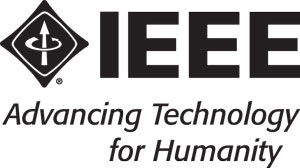Architectures of Next Generation Wireless Networks
France
Emerging Internet Quality of Service (QoS) mechanisms are expected to enable wide spread use of real time services such as VoIP and videoconferencing. The "best effort" Internet delivery cannot be used for the new multimedia applications. New technologies and new standards are necessary to offer Quality of Service (QoS) for these multimedia applications. Therefore new communication architectures integrate mechanisms allowing guaranteed QoS services as well as high rate communications.
The service level agreement with a mobile Internet user is hard to satisfy, since there may not be enough resources available in some parts of the network the mobile user is moving into. The emerging Internet QoS architectures, differentiated services and integrated services, do not consider user mobility. QoS mechanisms enforce a differentiated sharing of bandwidth among services and users. Thus, there must be mechanisms available to identify traffic flows with different QoS parameters, and to make it possible to charge the users based on requested quality. The integration of fixed and mobile wireless access into IP networks presents a cost effective and efficient way to provide seamless end-to-end connectivity and ubiquitous access in a market where the demand for mobile Internet services has grown rapidly and predicted to generate billions of dollars in revenue.
This tutorial covers to the issues of QoS provisioning in heterogeneous networks and Internet access over future wireless networks. It discusses the characteristics of the Internet, mobility and QoS provisioning in wireless and mobile IP networks. This tutorial also covers routing, security, baseline architecture of the inter-networking protocols and end to end traffic management issues.
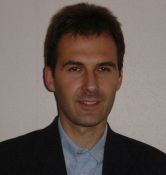 |
Pascal Lorenz (lorenz@ieee.org) received his M.Sc. (1990) and Ph.D. (1994) from the University of Nancy, France. Between 1990 and 1995 he was a research engineer at WorldFIP Europe and at Alcatel-Alsthom. He is a professor at the University of Haute-Alsace, France, since 1995. His research interests include QoS, wireless networks and high-speed networks. He is the author/co-author of 3 books, 3 patents and 200 international publications in refereed journals and conferences. |
| He was Technical Editor of the IEEE Communications Magazine Editorial Board (2000-2006), Chair of Vertical Issues in Communication Systems Technical Committee Cluster (2008-2009), Chair of the Communications Systems Integration and Modeling Technical Committee (2003-2009), Chair of the Communications Software Technical Committee (2008-2010) and Chair of the Technical Committee on Information Infrastructure and Networking (2016-2017). He has served as Co-Program Chair of IEEE WCNC'2012 and ICC'2004, Executive Vice-Chair of ICC'2017, tutorial chair of VTC'2013 Spring and WCNC'2010, track chair of PIMRC'2012, symposium Co-Chair at Globecom 2007-2011, ICC 2008-2010, ICC'2014 and '2016. He has served as Co-Guest Editor for special issues of IEEE Communications Magazine, Networks Magazine, Wireless Communications Magazine, Telecommunications Systems and LNCS. He is associate Editor for International Journal of Communication Systems (IJCS-Wiley), Journal on Security and Communication Networks (SCN-Wiley) and International Journal of Business Data Communications and Networking, Journal of Network and Computer Applications (JNCA-Elsevier). He is senior member of the IEEE, IARIA fellow and member of many international program committees. He has organized many conferences, chaired several technical sessions and gave tutorials at major international conferences. He was IEEE ComSoc Distinguished Lecturer Tour during 2013-2014. | |
Computational Models in Electromagnetic Compatibility, Bioelectromagnetics and Magnetohydrodynamics
Split, Croatia
The presentation starts with some general aspects of computational electromagnetics and
electromagnetic compatibility (EMC). The introduction outlines some commonly used analytical and
numerical methods.
First, a crash-course on the theory of thin wire antennas and related numerical methods for
solving the related integral equations in both frequency and time domain will be discussed.
Applications pertaining to dipoles, Yagi-Uda arrays and logarithmic-periodic dipole antennas (LPDA)
will be given and followed with some illustrative computational examples. Applications pertaining to
air trafic control and ground penetrating radar (GPR) are of particular interest.
Furthermore, full wave (antenna) models for various thin wire structures, from rather simple to
realistic complex geometries, will be presented. This will be followed by studies of overhead and
buried transmission lines, respectively, which will be carried out using both rigorous full wave models
and approximate transmission line (TL) approach. Particular attention will be focused to the study of
PLC (Power Line Communications) configurations and modeling of lightning channel. The transient
analysis of realistic grounding systems, with particular emphasis to wind turbines, will be undertaken,
as well.
Then Tutorial will also deal with human exposure to non-ionizing electromagnetic fields. Low
frequency, high frequency and transient exposures related to possible adverse health effects will be
outlined. Some biomedical application of electromagnetic fields, with particular emphasis on
transcranial magnetic stimulation (TMS) and nerve fiber stimulation, will be covered, as well.
Furthermore some stochastic analysis methods applied to area of GPR and human exposure to
electromagnetic fields will be presented.
The presentation will end up with some topics in magnetohydrodynamics pertaining to the
modeling of fusion related phenomena.
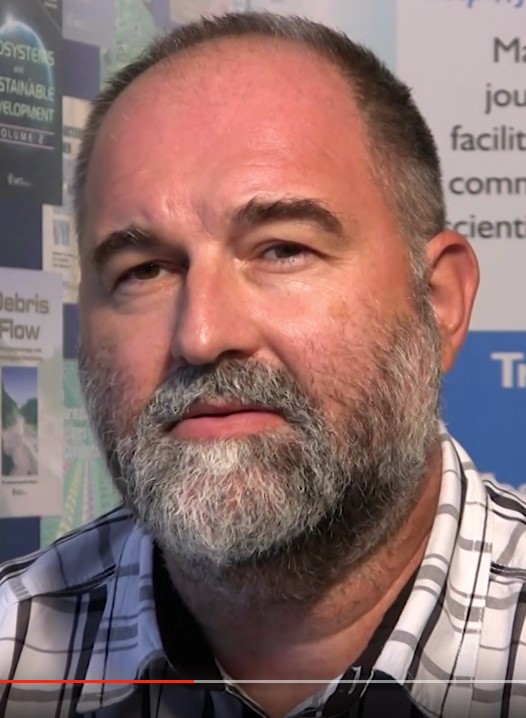 |
Dragan Poljak was born on 10 October 1965. He received his BSc in 1990, his MSc in 1994 and PhD in electrical engineering in 1996 from the University of Split, Croatia. He is the Full Professor at Department of Electronics, Faculty of electrical engineering, mechanical engineering and naval architecture at the University of Split, and he is also Adjunct Professor at Wessex Institute of Technology. His research interests include frequency and time domain computational methods in electromagnetics, particularly in the numerical modelling of wire antenna structures, and numerical modelling applied to environmental aspects of electromagnetic fields. |
|
To date Professor Poljak has published nearly 200 journal and conference papers in the area of computational electromagnetics, seven authored books and one edited book, by WIT Press, Southampton-Boston., and one book by Wiley, New Jersey. Professor Poljak is a member of IEEE, a member of the Editorial Board of the journal Engineering Analysis with Boundary Elements, and co-chairman of many WIT
International Conferences. He is also editor of the WIT Press Series Advances in Electrical
Engineering and Electromagnetics. In June 2004, professor Poljak was awarded by the
National Prize for Science. In 2013 he was awarded by the Nikola Tesla Prize for
achievements in Technical Sciences. From 2011 to 2015 professor Poljak was the Vice-dean for research at the Faculty of electrical engineering, mechanical engineering and naval architecture. In 2011 professor Poljak became a member of WIT Bord of Directors. In June 2013 professor Poljak became a member of the board of the Croatian Science Foundation. |
|
Electromagnetic-modelling techniques for Ground Penetrating Radar
Rome, Italy
Ground Penetrating Radar (GPR) is a safe, effective, non-destructive and non-invasive inspection technique, providing high resolution images of subsurface and structures through wide-band electromagnetic waves.
GPR radargrams often have no resemblance to the scenario over which the profile was recorded. Various factors, including the innate design of the survey equipment and the complexity of electromagnetic propagation in the ground/structure, can disguise how structures get recorded on GPR reflection profiles.
In this context, electromagnetic-modelling techniques are of paramount importance. They can be employed to aid the interpretation of experimental datasets, highlight capabilities and limitations of GPR, and to understand where and in what environments this inspection method can be effectively used. Electromagnetic simulations can support the choice of the most proper GPR equipment for a survey and are useful to design and optimise new GPR antennas. Synthetic radargrams can be specifically conceived to test new data-processing/imaging algorithms or assess the effectiveness of existing ones. Finally, a fast and accurate electromagnetic forward solver can be embedded in an inverse electromagnetic solver and be used for automatic interpretation of data.
This Tutorial is composed of four parts.
In the first part, an overview on the European research on GPR and its applications is provided. Four main research areas can be identified: (i) The design and realisation of novel GPR systems and antennas; (ii) The use of GPR for a plethora of different tasks in civil and environmental engineering, geology, archaeology, management of water resources, planetary exploration, forensics, security and more; (iii) The development of electromagnetic-modelling, imaging, inversion and data-processing techniques; (iv) The integration of GPR with complementary non-destructive testing (NDT) methods.
In the second part, a quick perspective on available electromagnetic-modelling techniques for GPR is given. In order to predict correctly the GPR response to a given scenarios, Maxwell’s equations have to be solved, subject to the physical and geometrical properties of the considered problem and to its initial conditions. As is well known, several approaches have been developed in computational electromagnetics, for the solution of Maxwell’s equations. These can be classified into two main categories: differential and integral equation solvers, which can be implemented in the time or frequency domain. Differential solvers include, inter alia, the Finite-Difference Time-Domain (FDTD) and Finite-Volume Time-Domain techniques, the Finite-Element and Transmission-Line Methods, and the Cylindrical- and Spherical-Wave Approaches. The Method of Moments is an established integral-equation approach. All of the different techniques present compromises between computational efficiency, stability, and the ability to model complex geometries. Commercial simulators implementing these techniques are very often used, but interesting freeware alternatives exist: during this part of the tutorial, information is also provided about reliable tools available on the web free of charge.
The third part of the tutorial is focused on introducing gprMax and E2GPR. gprMax is a freeware FDTD simulator implemented in The University of Edinburgh (United Kingdom). A new version based on Python has been recently released, which includes noteworthy advanced functionalities such as the possibility to include in the model objects with inhomogeneous dielectric properties and rough surfaces, as well as anisotropic or frequency-dispersive materials (following multi-pole Debye, Lorenz or Drude formulations); built-in libraries of antenna models are also available. E2GPR is a freeware tool developed in Roma Tre University (Italy) to assist in the creation of two-dimensional gprMax models through a Computer-Aided Design system, ease parallel/distributed computing with gprMax and plot the results. Both tools represent a contribution to COST Action TU1208 “Civil engineering applications of Ground Penetrating Radar.” Notwithstanding they are conceived to allow electromagnetic modelling of GPR scenarios, they can be employed to compute numerical solutions to any electromagnetic radiation and scattering problems.
During the fourth and last part of the Tutorial, the TU1208 database of GPR data is presented. This is a collection of experimental and synthetic radargrams obtained in the presence of manmade and natural structures, at the disposal of the scientific community. Aim of this initiative is to give researchers the opportunity of testing and validating, against reliable data, their electromagnetic forward- and inverse-scattering techniques, imaging methods and data-processing algorithms.
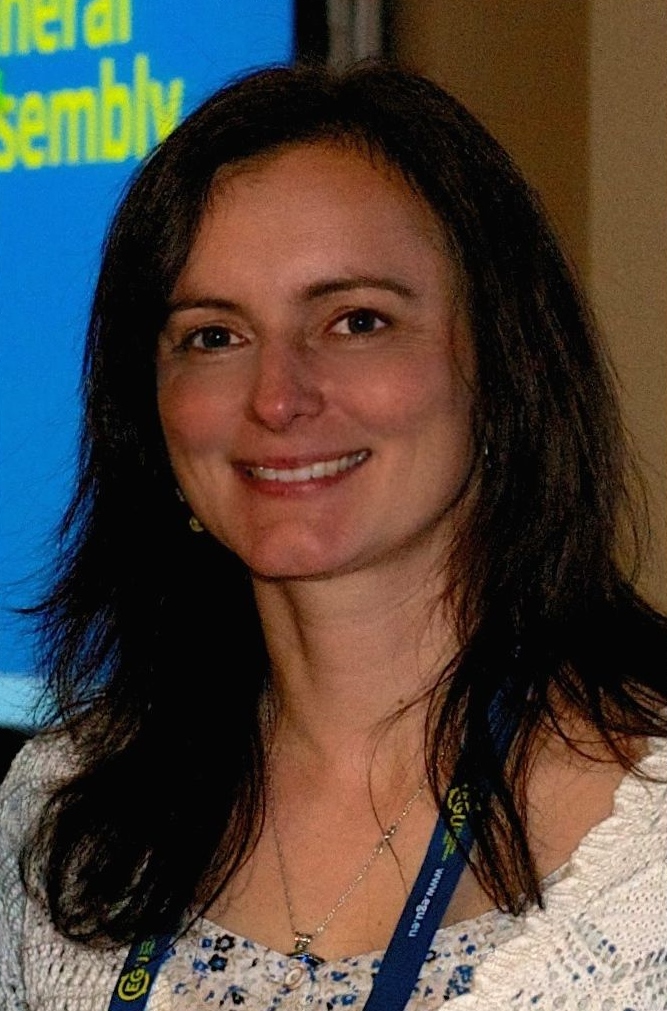 |
Lara Pajewski(lara.pajewski@uniroma3.it) is a researcher in the Engineering Department of “Roma Tre” University, Rome, Italy. She is the Chair of COST Action TU1208 “Civil engineering applications of Ground Penetrating Radar” (www.GPRadar.eu). She is an electronic engineer with a PhD in applied electromagnetics and electrophysics sciences earned in “Sapienza” University, Rome, Italy. Her current research interests include GPR and its applications, NDT methods, electromagnetic modelling of complex scenarios, design and characterisation of antennas and metamaterials. |
| She is the Western-Europe Regional Editor for the Taylor&Francis Journal “Nondestructive Testing And Evaluation,” since 2011 convenes the Session “Civil Engineering Applications of GPR” at the EGU General Assembly and in 2014 was co-Chair of the 15th International Conference on Ground Penetrating Radar. She is the (co-)author of more than 200 scientific works on books, journals, and conference proceedings and the editor of 15 books and journal special issues. | |
Modern Design of Multiband Antennas for Mobile
Modern antennas for mobile devices, especially mobile phones, must support multiple wireless services that are transmitted over different frequency bands (e.g. GSM, UMTS, LTE-A, Bluetooth, Wi-Fi, GPS). Although a particular antenna is based on some of the common canonical antenna designs, canonical designs do not often meet the multiband specs that are sought in modern antennas and antenna engineers must resort to creative noncanonical designs that will then achieve their goals. This tutorial will make an overview of the essential theory encompassing microstrip antenna design (as the most popular choice) and discuss innovative solutions in meeting the multiband characteristics of novel antenna designs. The tutorial comprises four parts as described next.
The first part will contain an essential microstrip antenna theory. We will review the microstrip antenna concept and structure of common types of microstrip antennas, including a brief discussion on common types of feed.
The second part will focus on the design aspects of one of the most popular choices - a rectangular microstrip antenna. The geometry and most popular feed types will be reviewed first, followed by the analytical models that provide satisfactory solutions. Lastly, the notion of the modes of operation and the corresponding resonant frequencies will be introduced.
The third part will cover antenna design aspects by means of computer-aided design. Electromagnetic modeling features using one of the commercial EM CAD tools will be presented and then implemented on a few designs of microstrip antennas. For the canonical design case, we will compare the analytical and numerical solution, while for the noncanonical cases, we will pay attention to the powerful features provided by the modern CAD tools (such as structure design tuning, parameter sweep- or optimization- option).
In the last part, we will show examples of various multiband antenna designs and interpret the approaches used in them to achieve the design goals. Use of slots in the patch geometry is one of the modern techniques to create multi-resonance behavior of the microstrip antenna and we will discuss the effects of the slot geometry on the antenna resonant frequencies. Moreover, use of shorting pins and diodes, as additional instruments in the modern antenna design, will be illustrated. Lastly, we will show the results of a recent investigation of interpolative computation of the slot dimensions of a rectangular microstrip antenna, that avoids a direct usage of a full-wave EM code, based on a predefined number of reference data samples that were acquired in advance on a reference antenna model.
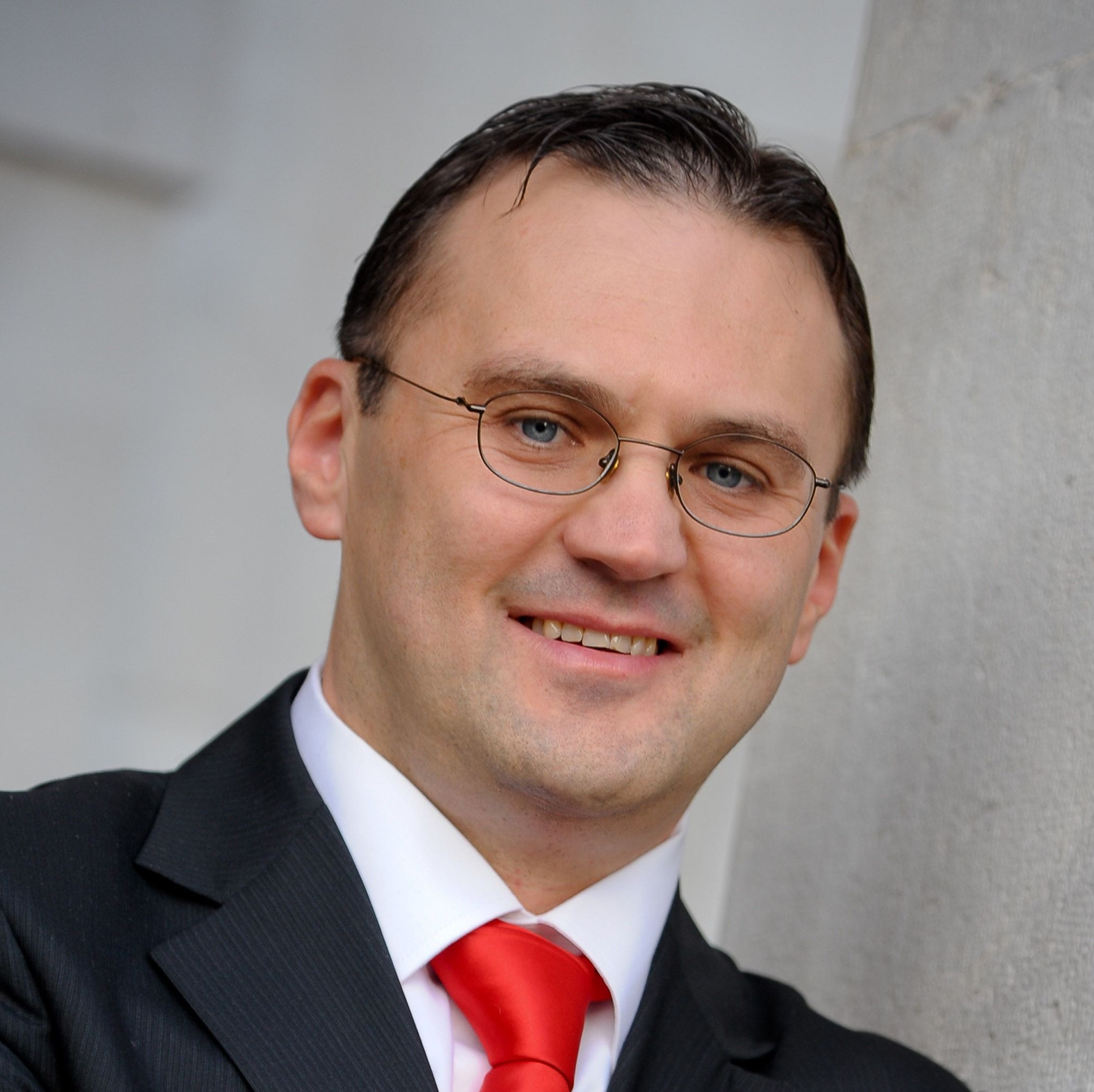 |
Miroslav Joler received his B.S. degree in electrical engineering from the University of Zagreb, Croatia, in 1996, and his M.S. and Ph.D. degrees in electrical engineering from the University of New Mexico, NM, USA, in 2001 and 2006, respectively. In 2006, he was a postdoctoral research associate at Portland State University, OR, USA, at the Department of Electrical and Computer Engineering and the Department of Physics. In 2007, Dr. Joler joined the Faculty of Engineering of the University of Rijeka, Croatia, as Assistant Professor. In 2008, he also worked as an Adjunct Assistant Professor with the Faculty of Maritime Studies of the University of Rijeka. |
| Since 2013, Dr. Joler is Associate Professor at the University of Rijeka, Croatia. Since 2008, he has served as the Wireless Communications Lab Director, the Head of the Communications Systems Group, and/or the Chair of the Department of Computer Engineering at the University of Rijeka, Faculty of Engineering. He has been a researcher in multiple research projects and his industry experience includes working as an RF engineer with the Transmitters and Links Division of Croatian Radiotelevision from 1996 to 1999, on terrain coverage analysis, network planning, and design of new broadcast antenna systems. He has authored or coauthored papers in distinguished journals and conferences and has been a reviewer for various journals and conference events (IEEE AP-S, ACES, EuCAP) and has served as a session (co)chair at various international conferences (ICEAA, ICECom, IEEE AP-S/URSI). He has also served as a proposal or annual report evaluator for the Ministry of Science, Education, and Sports of Croatia and Croatian Science Foundation. Since 2013, he has been an Editorial Board Member for the Open Journal of Antennas and Propagation of Scientific Research Publishing (SCIRP). Dr. Joler is a member of the IEEE Antennas and Propagation-, Microwave Theory and Techniques-, and Communications- Society and was a student member of Directed Energy Professional Society. He received the University of New Mexico Graduate Office's Research, Proposal, and Travel Award in 2001. His current research interests include adaptive antennas, biomedical applications of electromagnetics, wearable and implantable devices, and self-recoverable systems. | |
Uncertainty Quantification in Electromagnetics
The deterministic prediction of microwave and electronic circuits and devices is nowadays insufficient, since uncertainties always exist in reality. These uncertainties cause the system variables to deviate from their nominal values, thus making the deterministic results unsuitable for the development of high-performance electronic products due to the urging necessity to perform right-the-first-time designs. Stochastic analysis is extremely useful in the early design phase for the prediction of the system performance and for setting realistic margins whenever manufacturing tolerances or uncertainties on design parameters cannot be neglected. With the scope of developing efficient design tools, outperforming classical but time-consuming sampling-based techniques like Monte Carlo, new techniques have been proposed. The presentation will provide a summary of techniques belonging to the two broad classes (intrusive and non-intrusive) of Uncertainty Quantification and will discuss very recent advances developed with the aim of addressing the problem of the curse of dimensionality. The theoretical framework will be complemented by simple examples related to Electromagnetics, Microwaves and EMC to illustrate the feasibility and the interest of uncertainty approaches in real applications.
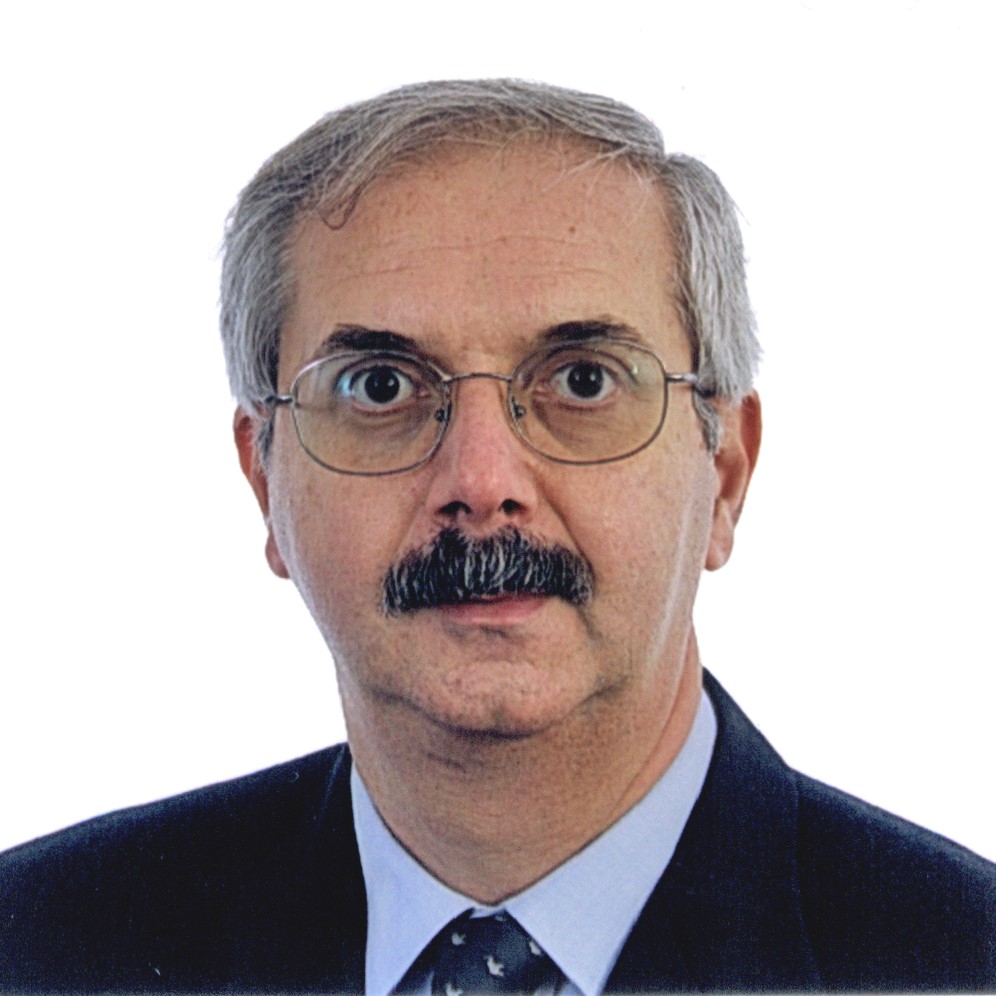 |
Flavio G. Canavero received his electronic engineering degree from Politecnico (Technical University) of Torino, Italy, and the PhD degree from the Georgia Institute of Technology, Atlanta, USA, in 1986. Currently he is a Professor of Circuit Theory with the Department of Electronics and Telecommunications, Politecnico di Torino, where he serves also as the Director of the Doctoral School. He is an IEEE Fellow. He has been the Editor-in-Chief of IEEE Transactions on Electromagnetic |
| Compatibility, V.P. for Communication Services of the EMC Society and Chair of URSI Commission E. He received several Industry and IEEE Awards, including the prestigious Richard R. Stoddard Award for Outstanding Performance, which is the EMC Society’s highest technical award. His research interests include signal integrity and EMC design issues, interconnect modeling, black-box characterization of digital integrated circuits, EMI and statistics in EMC. | |
Julia – a high-level, high-performance dynamic programming language
Julia is a high-level, high-performance dynamic programming language for technical computing, with syntax that is familiar to users of other technical computing environments. It provides a sophisticated compiler, distributed parallel execution, numerical accuracy, and an extensive mathematical function library. Julia’s Base library, largely written in Julia itself, also integrates mature, best-of-breed open source C and Fortran libraries for linear algebra, random number generation, signal processing, and string processing. In addition, the Julia developer community is contributing more than 1000 external packages through Julia’s built-in package manager at a rapid pace. IJulia, a collaboration between the Jupyter and Julia communities, provides a powerful browser-based graphical notebook interface to Julia. Julia programs are organized around multiple dispatch; by defining functions and overloading them for different combinations of argument types, which can also be user-defined." (from http://julialang.org) In this tutorial we will cover basics of Julia principles and usage and, time permitting, few advanced application examples. Notebooks for tutorial are available at https://github.com/ivanslapnicar/Julia-Course.
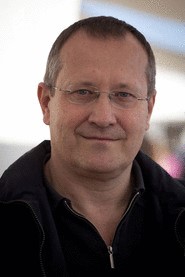 |
Ivan Slapnicar was born on 13 July 1961. He received his BSc in 1984, his MSc in 1988 in Mathematics from the University of Zagreb, Croatia, and PhD (dr. rer. nat.) in Mathematics in 1992 from the Fernuniversität Hagen, Germany, with summa cum laude. He is Professor and Head of the Chair for Mathematics at the Faculty of Electrical Engineering, Mechanical Engineering and Naval Architecture at the University of Split. His research interests include linear algebra, numerical linear algebra and applications. |
| Professor Slapnicar was Visiting Professor at the Utah State University in 2001/02, Visiting Researcher at TU Berlin with the FP7 People "Marie Curie" Intra-European Fellowship in 2009/10, and Fulbright-Schuman International Educator/Lecturer at MIT in 2014, where he worked closely with the Julia group. In June 2016 he taught GIAN Course "Modern Applications of Numerical Linear Algebra" at IIT Indore, India, which was entirely prepared in Julia. To date Professor Slapnicar has published more than 20 journal papers in the area of opertor theory, linear algebra, numerical linear algebra and applications and was PI in several national scientific grants. | |
